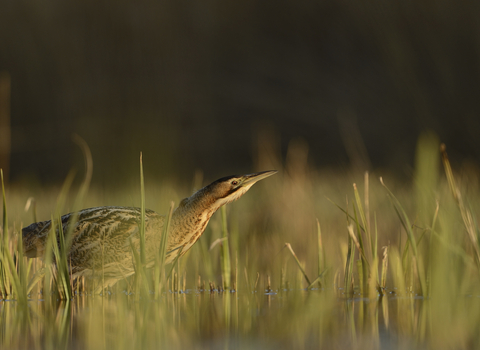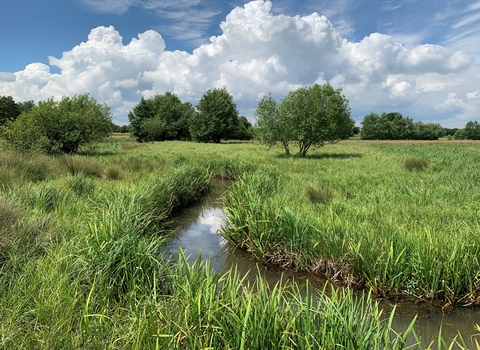This part of the Suffolk Coast is lucky enough to benefit from having many wildlife sites of national and international importance that attract millions of tourists every year. Despite their incredible value for nature, people, and the local economy, National Grid has failed to come up with a solution that avoids them.
The area is also already preparing to deal with the impacts of several other major energy infrastructure schemes, including Sizewell C nuclear power station and East Anglia One and East Anglia Two North offshore wind farms.
National Grid and the Department for Business, Energy, and Industrial Strategy urgently need to review their strategic approach to planning new electricity network infrastructure to prevent completely avoidable damage to the natural environment because of poor planning.


